50+ Camera Angles, Shots, and Movements
Have you ever been overwhelmed at the possibility of every camera angle, framing, and shot type available as a filmmaker? Us too. So we provided a cheat sheet with definitions for you!
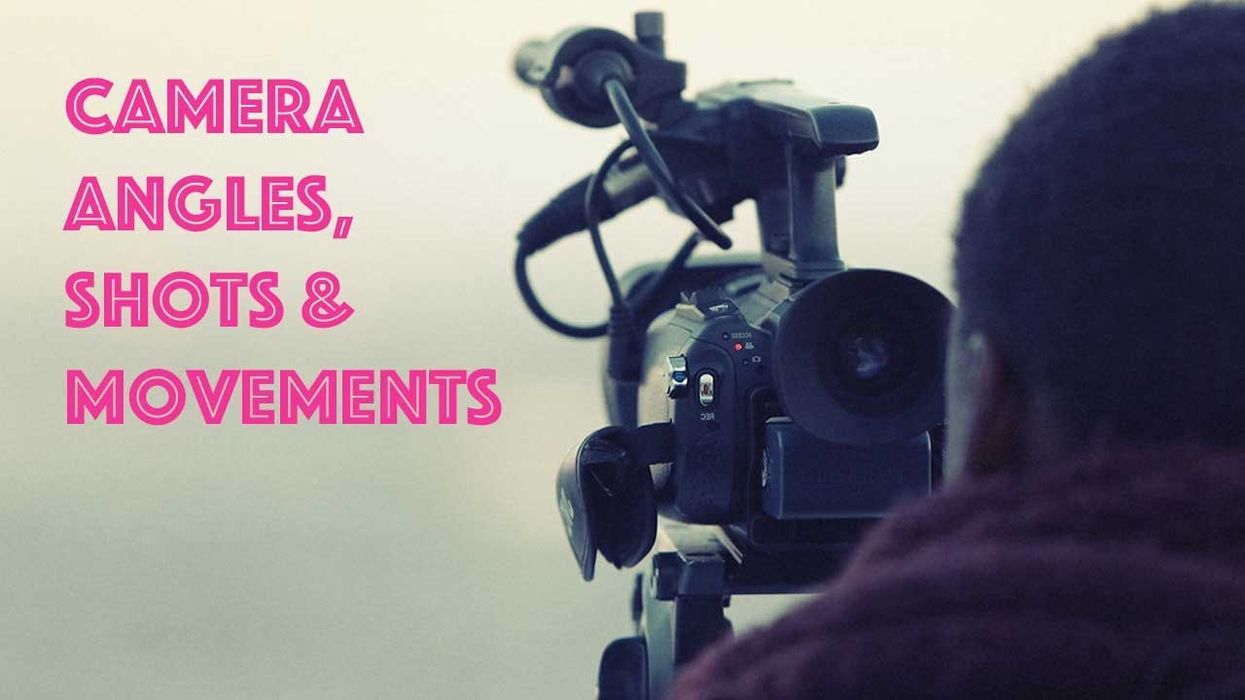
There are so many camera movements and camera angles; it can be hard to keep track. To make film and television like the masters, you need to practice and learn the various camera movements, angles, shots, and tools.
But how can you know if you’re hitting all the basics without a comprehensive checklist of camera angles and shots?
We put our heads together and came up with this list that should help any filmmaker master the basics and take on the industry.
Camera Angles Are Created with Tools and Mechanisms
Before we jump into camera shots and movements, let’s go over some of the tools you’ll need to get the job done. They’re your bag of tricks and combined with shots, angle, focus, and framing will take your audience on a journey they never forget.
Let’s jump into camera tools.
You could go handheld, but getting a tripod adds a steady hand to your camera shot. You’re going to want one with a fluid head for pans and other camera movements.
A slider enables you to shift the camera from left to right with fluidity and stability. You can move in and out with the slider and always appear controlled.
Looking for that shaky feeling of real life? Handheld camera shots bring realism and a frenetic pace to every shot. So channel your inner Paul Greengrass and go for it.
Want to feel organized and calculated like Fincher? A Steadicam lets you have the access of handheld, but the stability of the slider or tripod.
A gimbal is a support that allows the rotation of the camera on a single axis. The gimbal is something to use if you don’t the room or access to a Steadicam setup.
If you want to emphasize scope and scale, consider mounting your camera on a crane. Sure, you’ll need a Hollywood-budget, but the crane adds size and scope and can take you from the top floor to the bottom with ease.
Want a craning effect without the expensive and bulky apparatus? Consider getting a jib. The jib works like a crane, but is smaller and can be controlled mechanically or by one person. The jib allows you to go from roof to floor, or follow someone at foot level and end on their face.
Want to get wild? Hook your camera up to a tiny robot and send it into the air. A drone is a fun idea for production value. We’ll get into it more in the aerial shot section, but a drove helps you give the character and problems perspective.
A wire is placed over a sporting event, concert, or humongous scene. Then the camera is hooked up to an apparatus that travels across the wire to gather deliberate moves, interesting angles, and intimate details by dropping in on the action.
Camera Shots
Okay, you have your camera. You have your screenplay. It's time to set up and shoot. But which shot fits your story? Let’s go through some camera shot definitions so you can decide the shot that perfectly aligns with your story’s needs.
Continue to read to learn more!
This shot emphasizes a small area or detail of the subject, like the eye(s) or mouth. Some people call in Extreme Close Up of the eyes an Italian Shot, which got its name from Sergio Leone’s Italian-Western films like The Good, The Bad, and The Ugly.
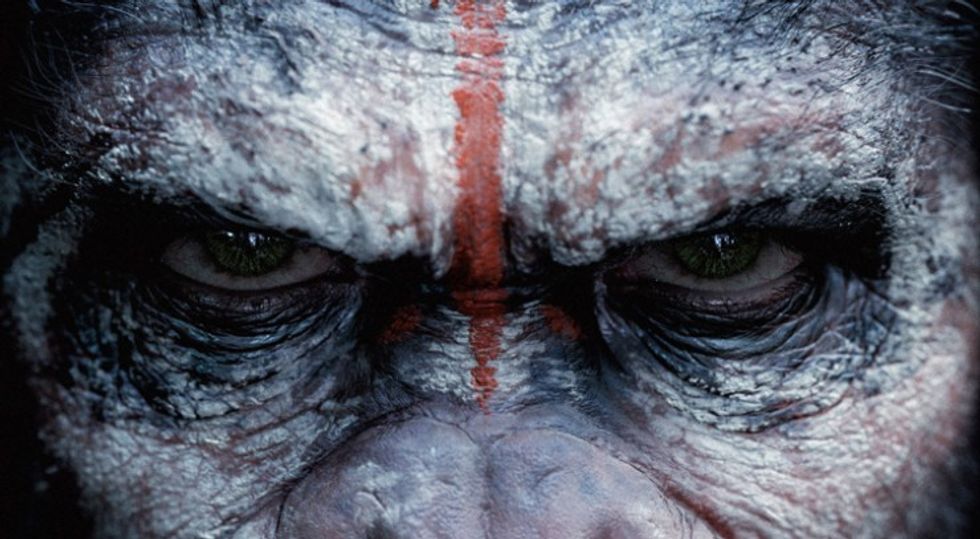
This shot fills the screen with the subject at hand. It frames emotions or a reaction to the action.
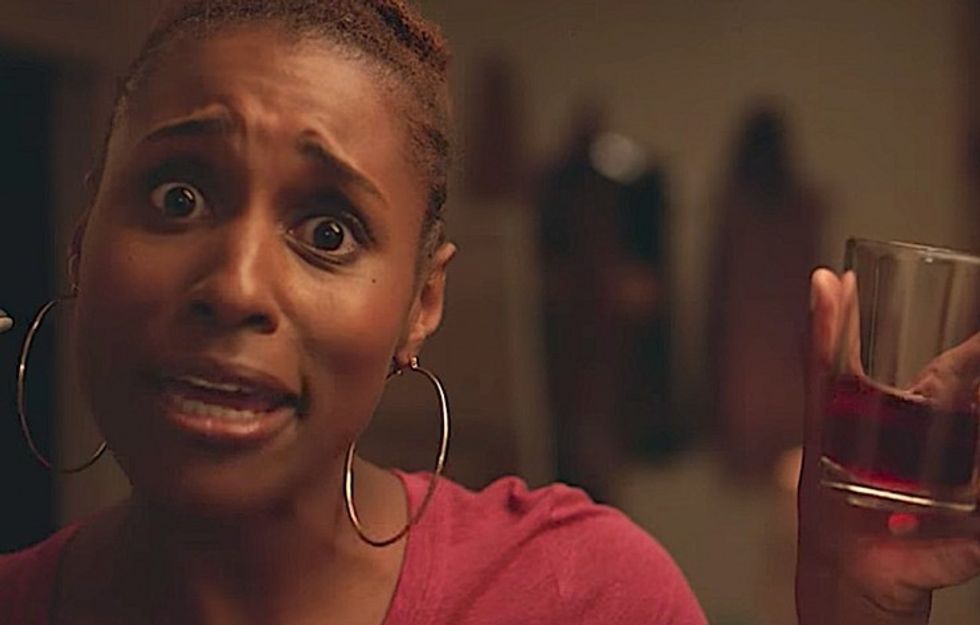
This is one of the most common shots seen. It focuses on showing more of the character in their environment.
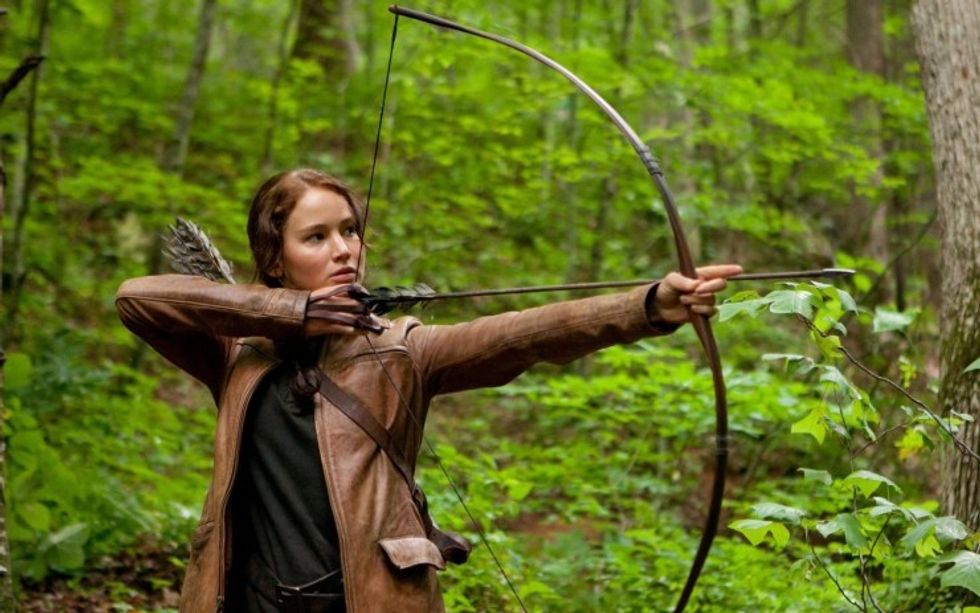
Just like the name, this shows the full character and the environment around them.
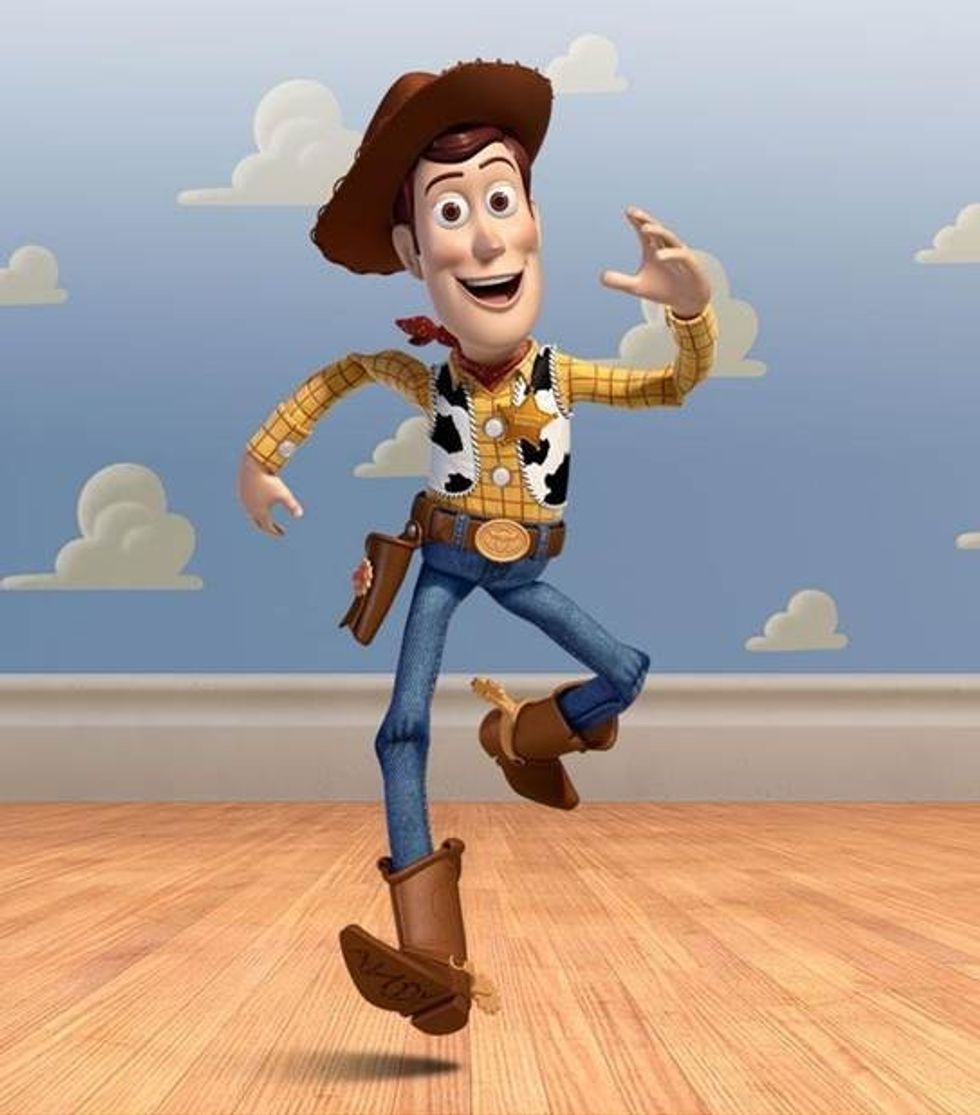
Here we get the subject from top to bottom, or we can get a shot of the entirety of the landscape. This shot usually frames its subject within the scenery or can be used to establish the beginning or the end of a scene.
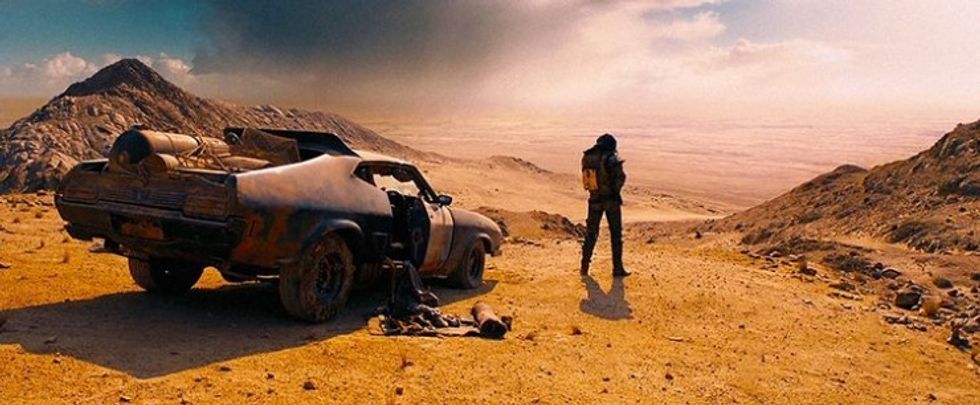
The widest of the shots, this gives us the full breadth of what we are seeing. We get the characters set against a backdrop or we just a sprawling backdrop. These are used to create scope and scale as well as set tone and mood.
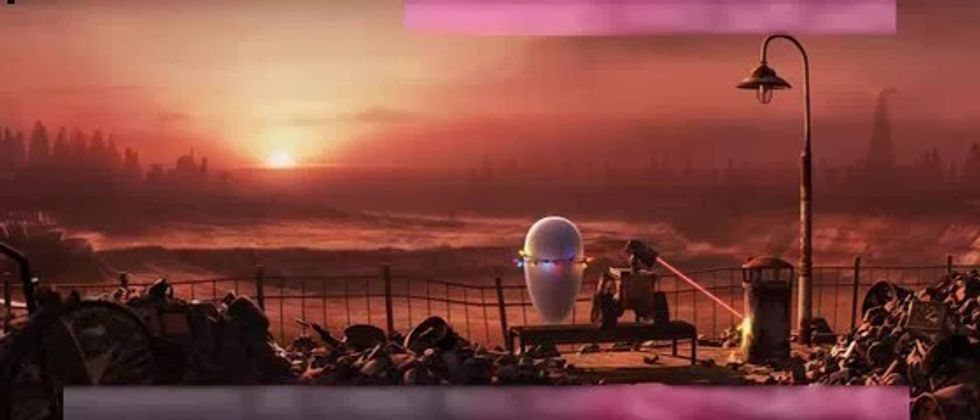
This is one variation of the Medium Shot. Its name comes from Western films from the 1930s and 1940s, which would frame the subject from their holsters to fit the character’s gun into the shot. That’s super American.
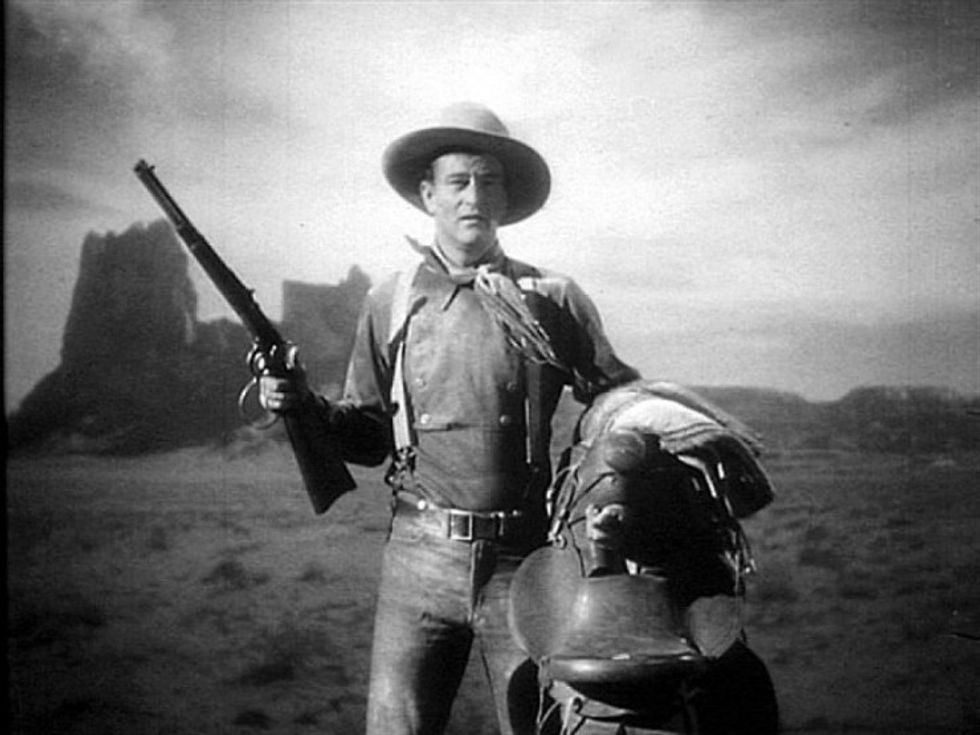
Shows a character’s reaction to the shot that has preceded it. Useful in the Kuleshov effect.
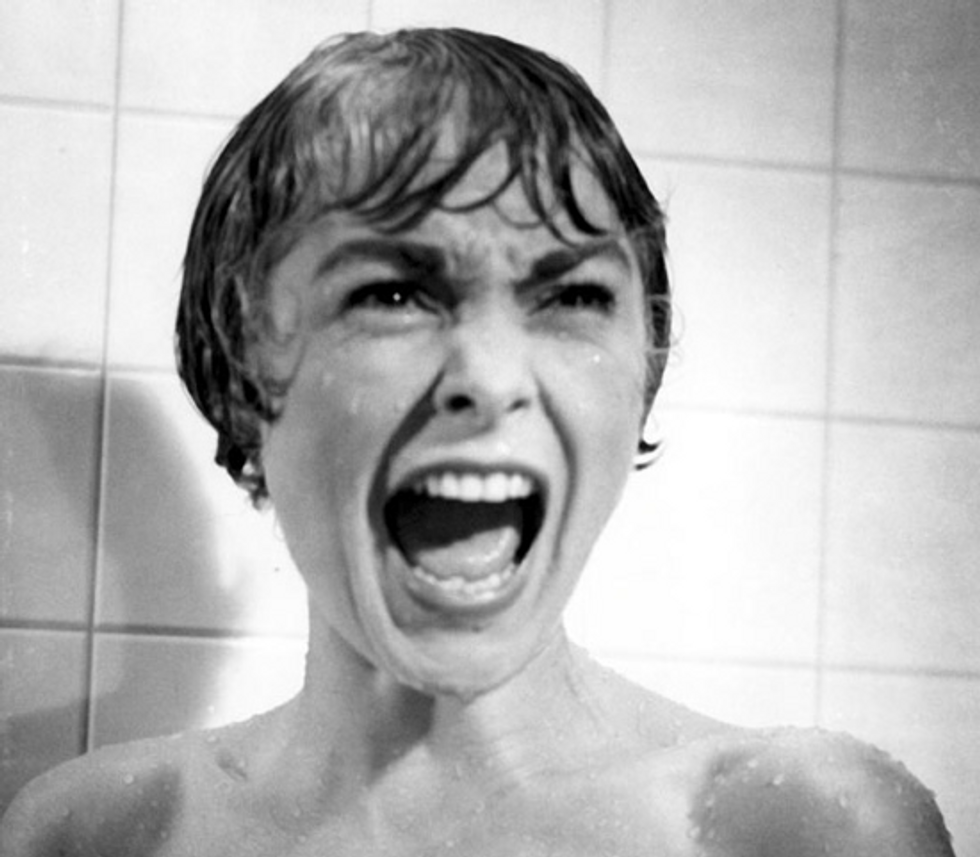
An establishing shot is a wide shot that helps the viewer gain knowledge over the time and location of a scene.
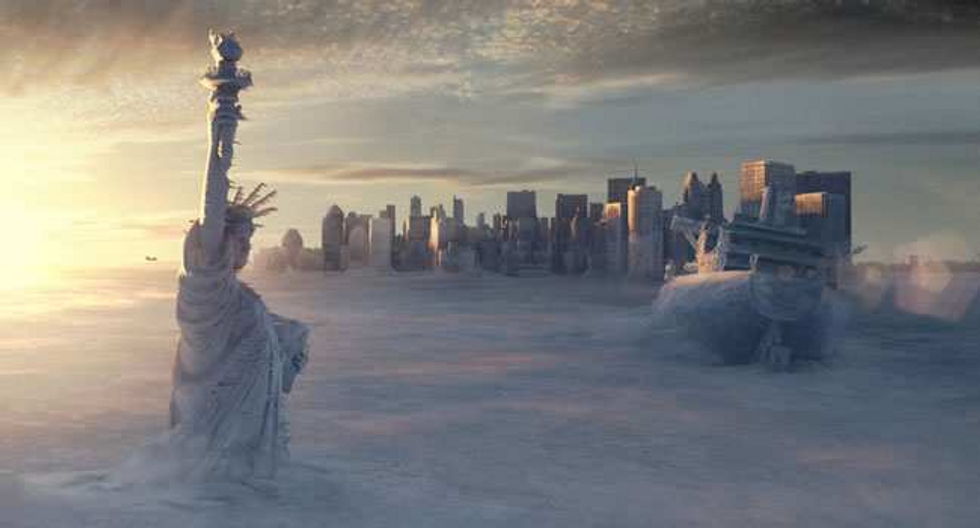
These are shots usually in close-up that get inserted in editing to bring attention to small details and information for the audience within the scene. They often align with POV shots.
The subject is shot from behind the shoulder of another, framing the shoulder, neck, and back of the head of the subject facing away from the camera. This connects two speakers rather than the detachment of single shots. You'll commonly hear this shot referred to as an "OTS", which is simply "over the shoulder."
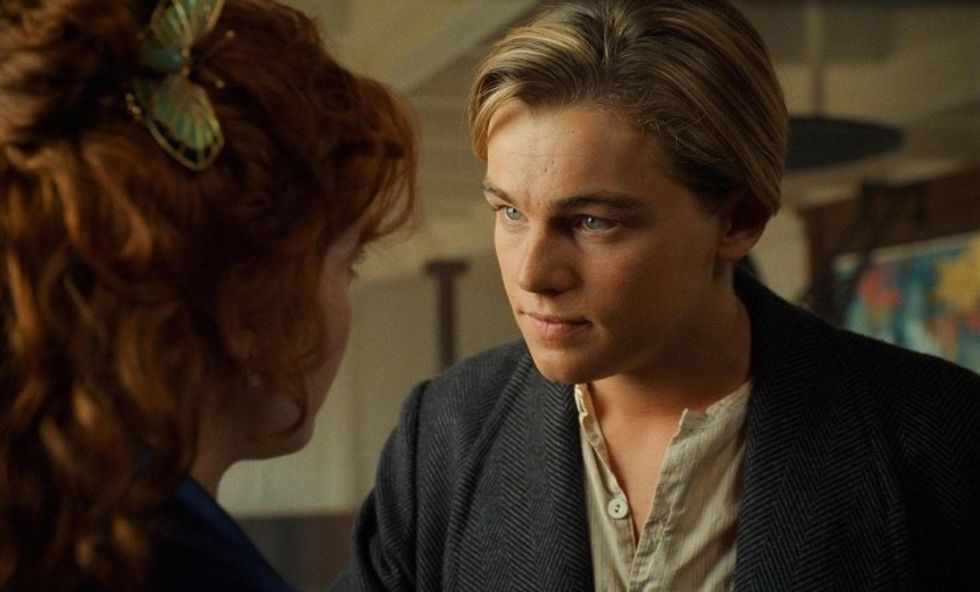
This shot mimics what a particular character in a scene is seeing. This puts the audience directly into the head of the character, letting them experience their emotional state.
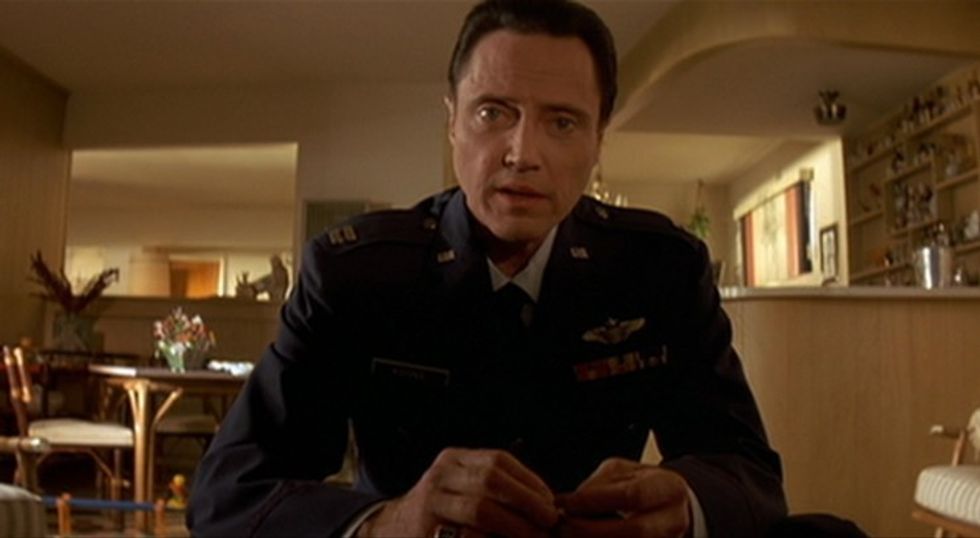
Camera Framing
Each of these camera frames lines up and directly correlates with the shot you’ve chosen. Your character steps into frame. So how many characters will be there and what’s the advantage to cramming more in, leaving some out, and shooting with an obstructed frame?
Keep scrolling to learn more!
Want to view one character at a time? That’s what we call a single.
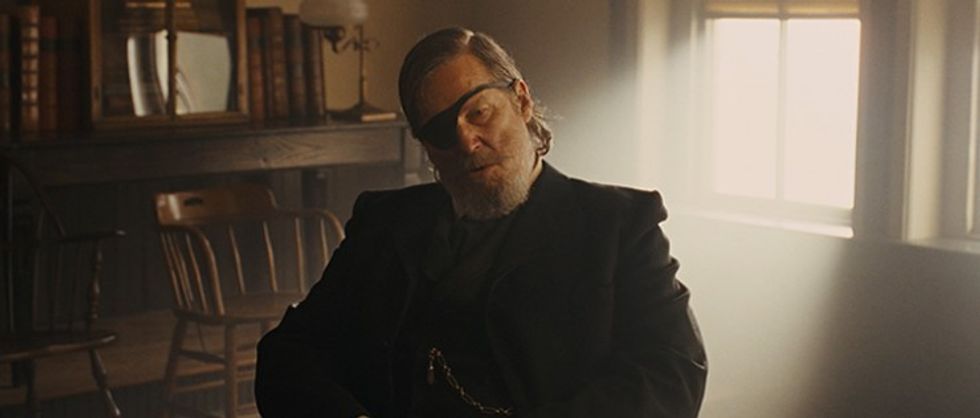
You’ve seen one character, now let’s add another to the mix.
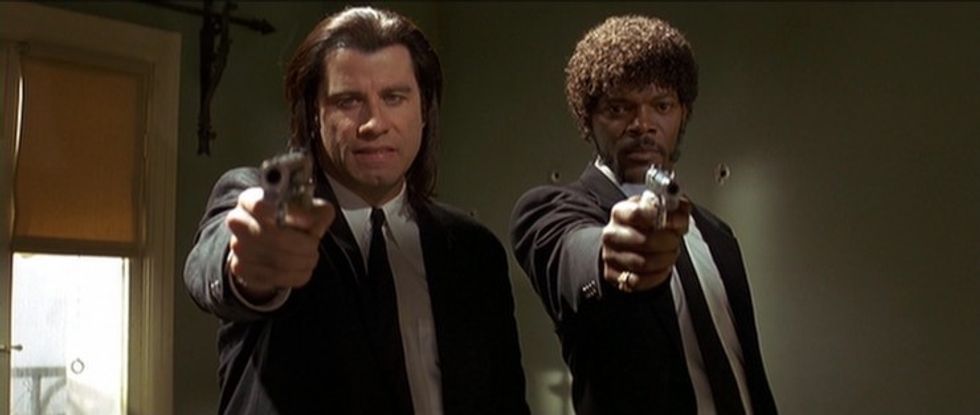
What’s better than two? How about three characters filling your screen. We could go on to the fours and fives, but you get the picture.
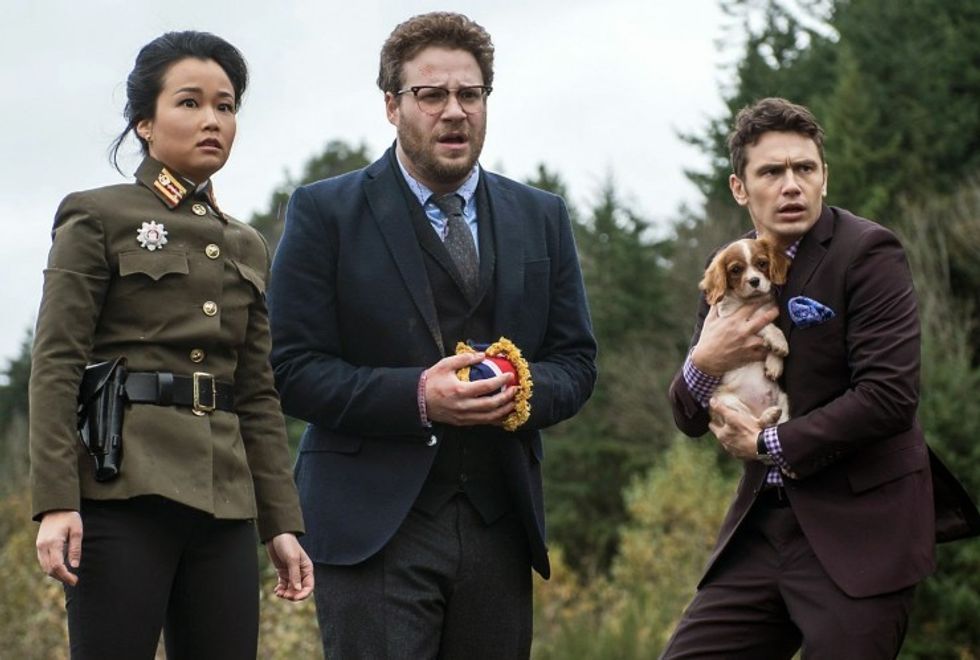
When two people are talking, this shot allows you to shoot over one of the characters’ shoulders to get an intimate portrayal of the conversation at hand. The other person’s should might be visible or blurred, depending on the focus.
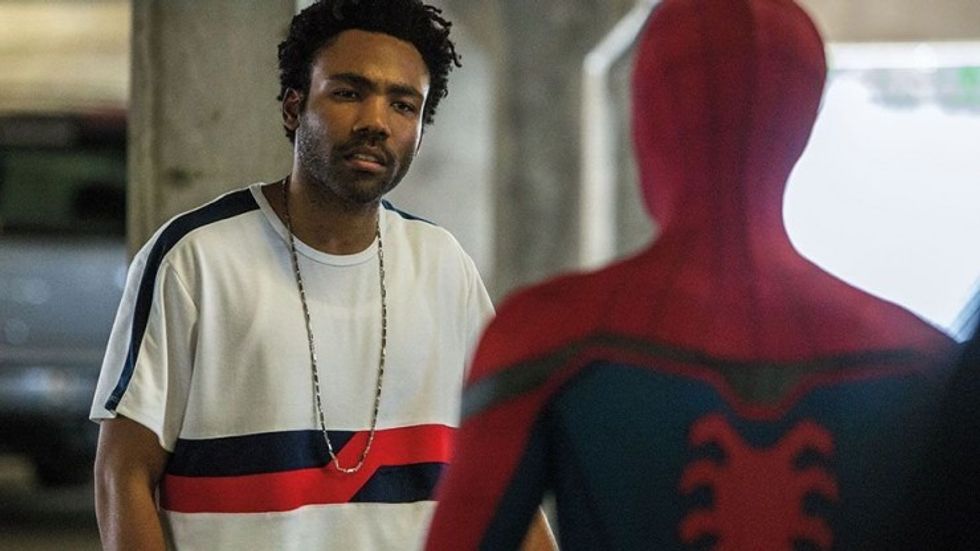
Yes, this applies shots and framing. This shot takes the first person point of view and allows us to see the world through the eyes of the character. It can help us see what's coming for us, who we are following, or to feel completely immersed into the world of the story.
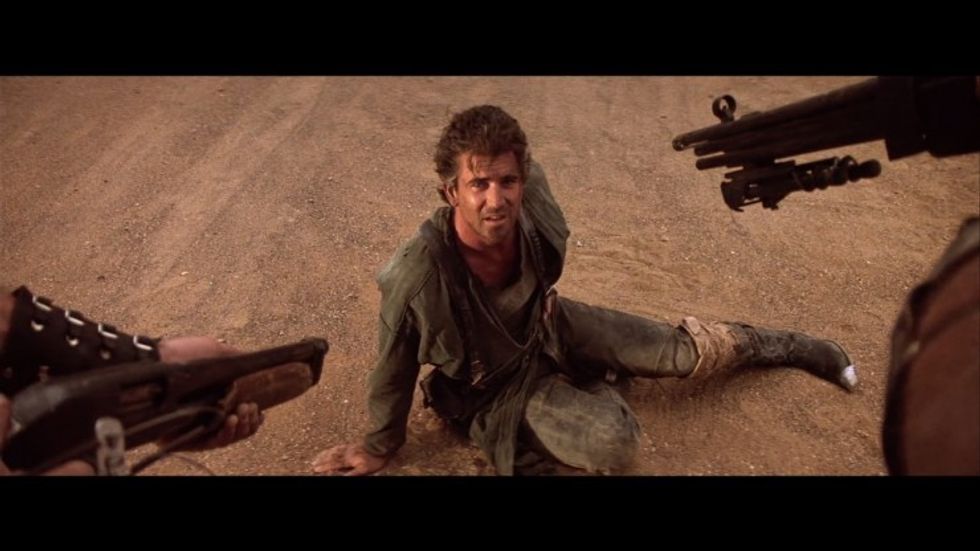
Camera Angles
Once you decide the lens and the framing, you're going to want to figure out the angle at which the audience will view the action. Camera angles are important because they can show different emotions and open the viewer up to certain details about the world.
Let’s go over the basic camera angles.
For most camera angles, we like to be on the same level as the character. So their eye level. This gives us a naturalistic feel.
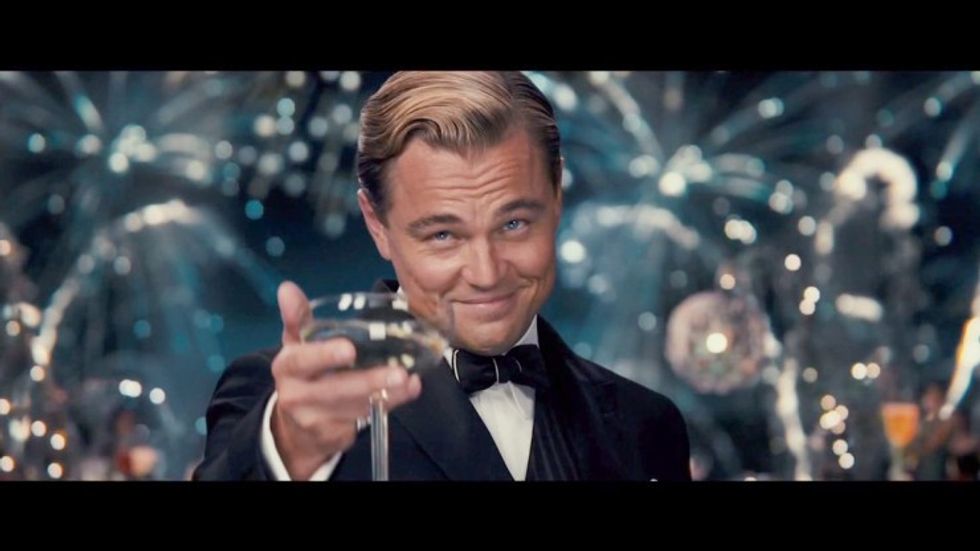
Shots that come from a low angle give power to the objects they look at. These provide scope and scale, dominance, and can be used to make a character appear strong or in control.
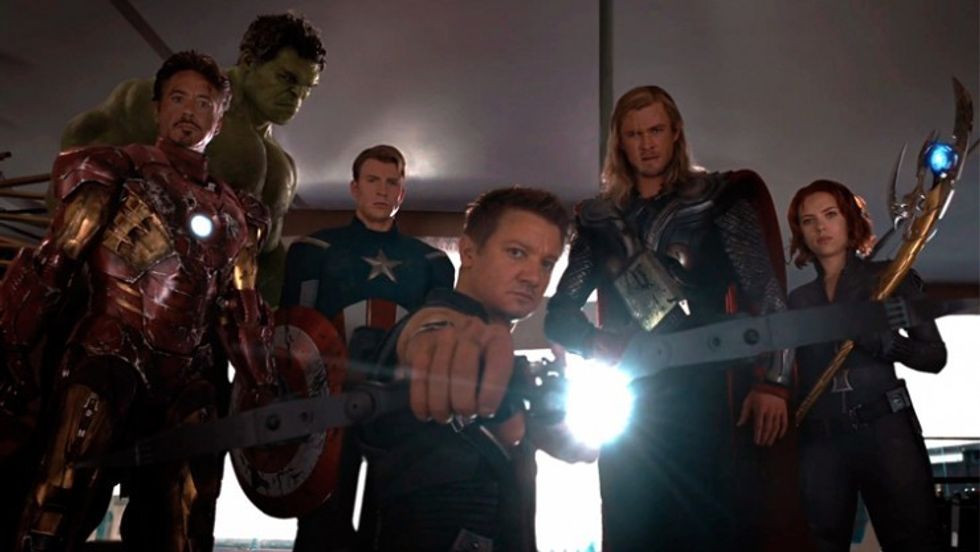
This is used to look down on a character or object. It can make someone feel insignificant or can lay out the pathway for what lies ahead — commonly seen in film noir.
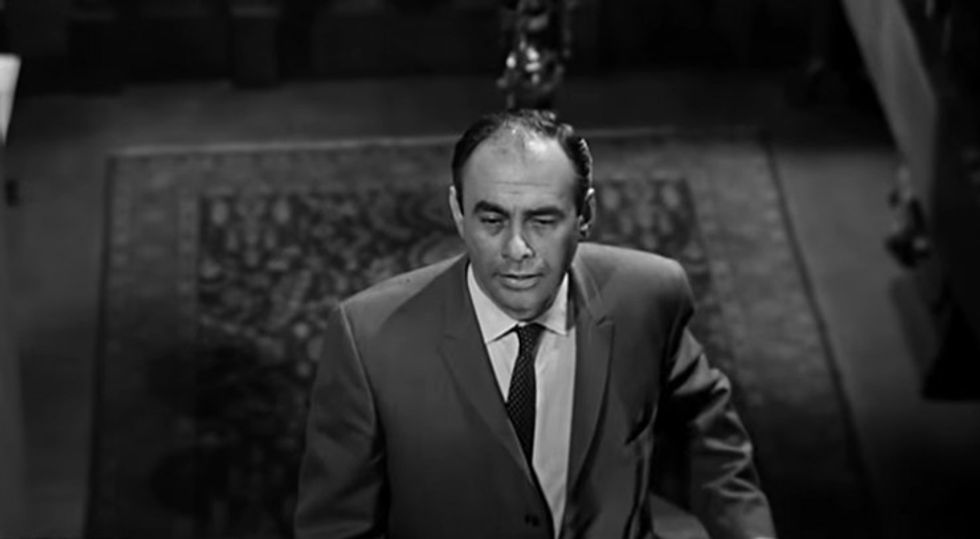
What’s your cowboy got in their holster? A hip-level shot is a camera angle that focuses on the characters from the waist up. Technically, shooting this low means you probably aren’t using the viewfinder, so you have to just test it out and see what you get.
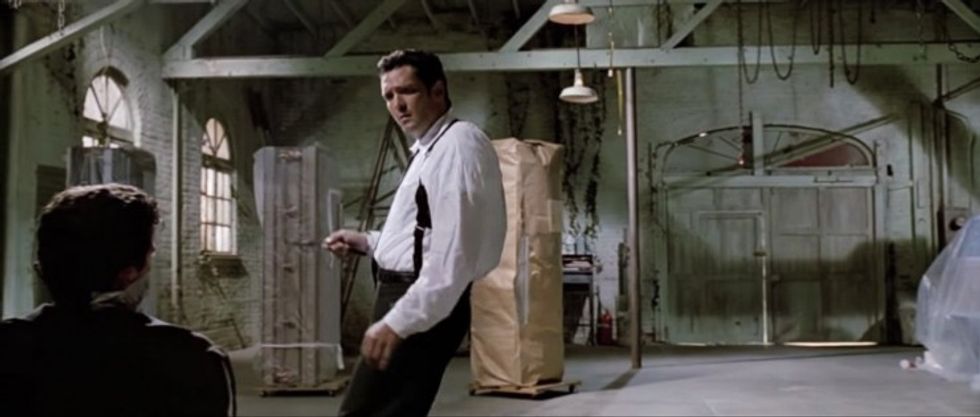
Sometimes you want to give the scale of a character without showing their full body. This medium shot helps you understand the character but also get a sense of their surroundings.
Let’s get low with the ground level shot. Here maybe you’re following ants in your reality show or your Pixar movie. This shot takes you close to the earth for a falling boot or to give scale to the horizon.
Sometimes you want to go in for a close-up, a reaction, or a walk and talk and you just want to see the top half of the character(s). This increases the intimate portrait and gets us close to the character’s heart and feeling.
Sometimes the plot goes sideways. And so does the world. Popular in film noir, thrillers, and comedies, this angle makes you feel uneasy when you view it. It’s shot at a canted angle, so the world appears off and disorienting.
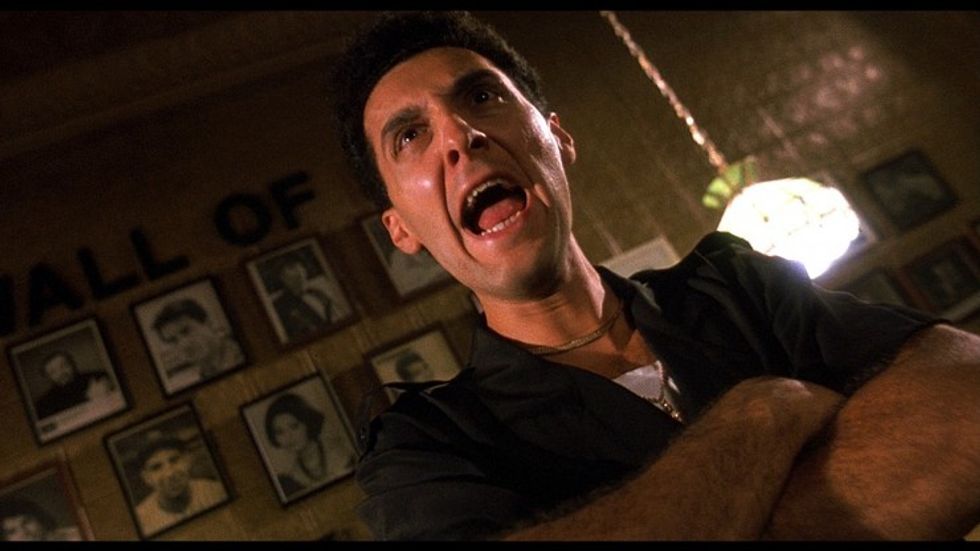
Popular in Hitchcock's the Bird and any movie where you follow a car, the overhead or bird’s eye view shot shows us the world and the scale of the problem, or insignificance of the character involved. We can drop into the action or pull out of it.
If you want to emphasize the magnitude of the story, the scale of a battle, or just sweep over an ocean, a road, or rolling hills, nothing is better than an aerial shot.
Camera Focus
Unlike the stage, filmmaking can put special emphasis on specific parts of the camera fame with focus and depth of field. The focus, combined with the shot, framing, and angle helps to single out what the director wants the audience to know.
Let’s learn more about the camera focus!
A rack focus is the practice of changing the focus of the lens during a shot. The term can refer to small or large changes of focus which play with the depth of field.
Shallow focus is a cinematographic technique incorporating a small depth of field. In shallow focus one layer of the image is in focus while the rest is out of focus. Shallow focus is typically used to emphasize detail.
Deep focus is a photographic and cinematographic technique using a large depth of field, meaning everything or almost everything is in focus.
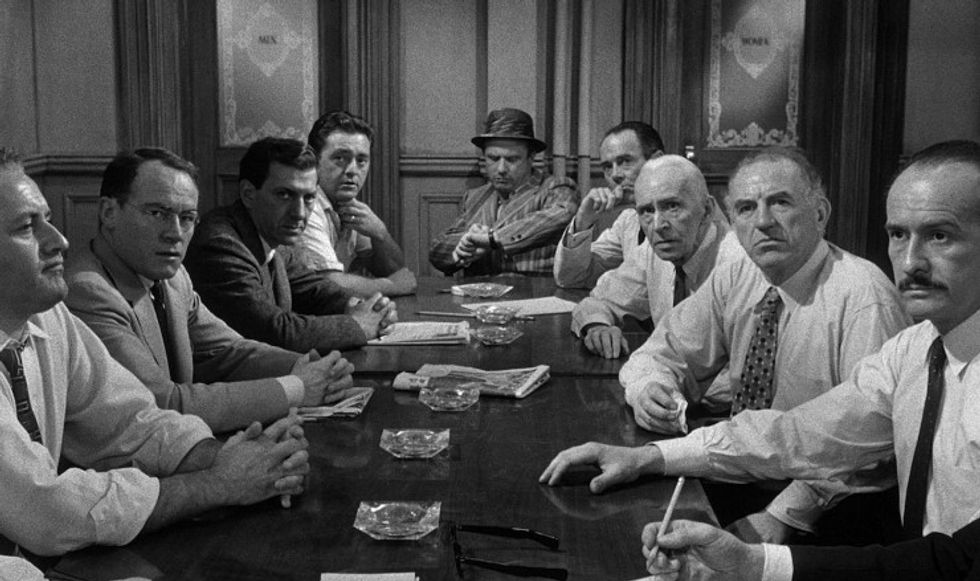
Tilt-shift photography, or focus, is the use of camera movements that change the position of the lens.
Camera Movements
We tend to only focus on the most famous of camera movements, the oner, but there are lots of other camera movements that directors and cinematographers employ to set the tone of the film or television show and to get coverage of every scene.
Let’s go over a few of them.
A shot where the camera does not move.
The camera's lens is adjusted to increase or decrease the camera's field of view, magnifying a portion of the scene without moving the camera.
The camera rotates from side to side so that it aims more to the left or right. The camera does not change the location.
The camera rotates to aim upward or downward without changing the location. Tilt is sometimes called "pitch" of the shot.
A whip pan is a type of pan shot in which the camera pans so quickly that the picture blurs into indistinct streaks. Wes Anderson, PTA, and Damien Chazelle love these.
The camera rotates to aim upward or downward without changing the location at a fast speed.
The camera moves and follows a subject.
Here's a super technical term. It's a version of tracking, trucking and dollying. This is side-to-side movement at a constant distance from the action at hand.
An arc shot is a camera move around the subject, somewhat like a tracking shot, where the camera moves in a rough semi-circle around the subject. Michael Bay loves these shots.
A one-shot or continuous shot feature film is a full-length movie filmed in one long take by a single camera or manufactured to give the impression it was a singular action.
Summing Up Camera Angles, Shots, and Movements
Experimenting with camera angles, shots, and movements is a fantastic way to elevate your visual storytelling. Whether you're a budding filmmaker or a photography enthusiast, try incorporating these techniques into your next project!
What’s next? Understand Film Theory with this Guide!
If you want to work in Hollywood as a creative or even critique film and television for a living, Film Theory is extremely important. In this post, we're going to learn how to put that training of consuming media into action by learning about Film Theory.
If you're looking into cameras, check out our comparison between the BMPCC6K and the BMPCC4K!
Check out our guide to types of film lights, film lighting techniques, and of course composition for beginners! If you are looking for advice from the masters, look no farther than Steven Spielberg's 10 filmmaking tips, or these 6 Coen brothers quotes to inspire your process!
After all that.. maybe you're ready for post! Check out Editing 101: What is Continuity Editing!
- What is a Wide Shots (Definition and Angle Examples) ›
- Learn How to Shoot a Scene with a Single Camera ›
- High Angle Shot Definition and Usage with Excellent Examples ›
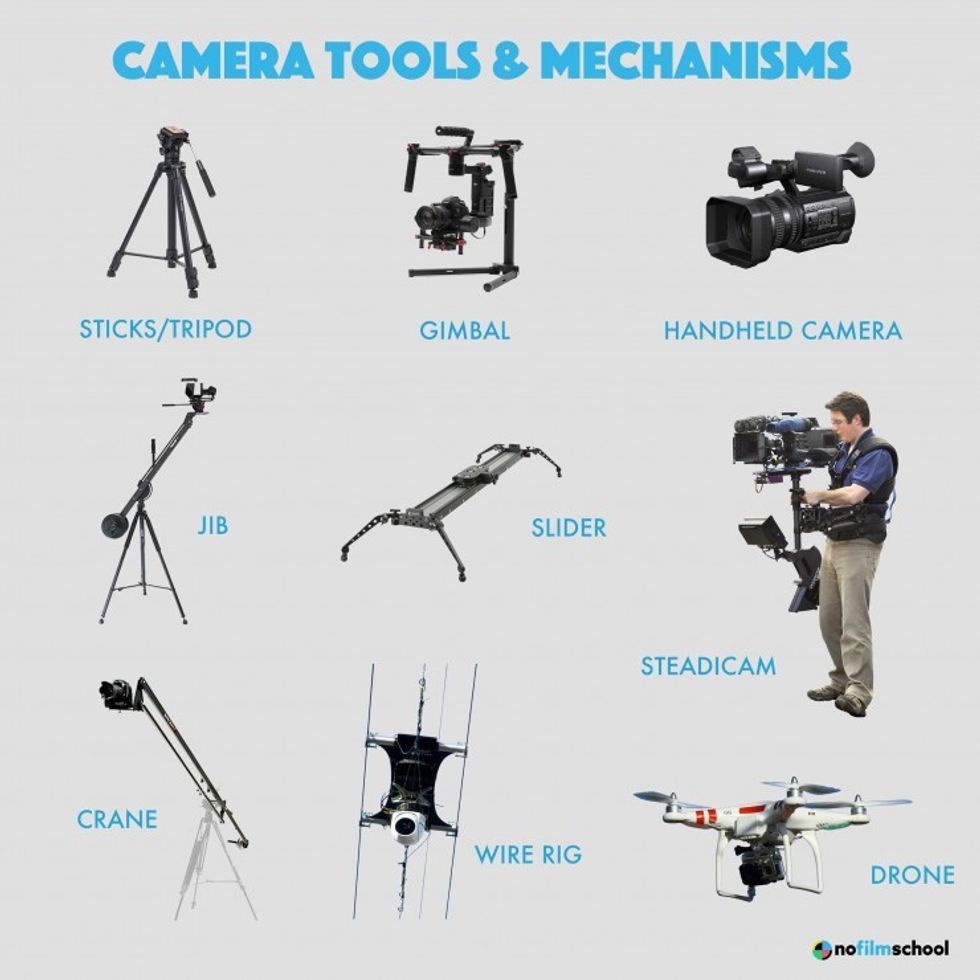
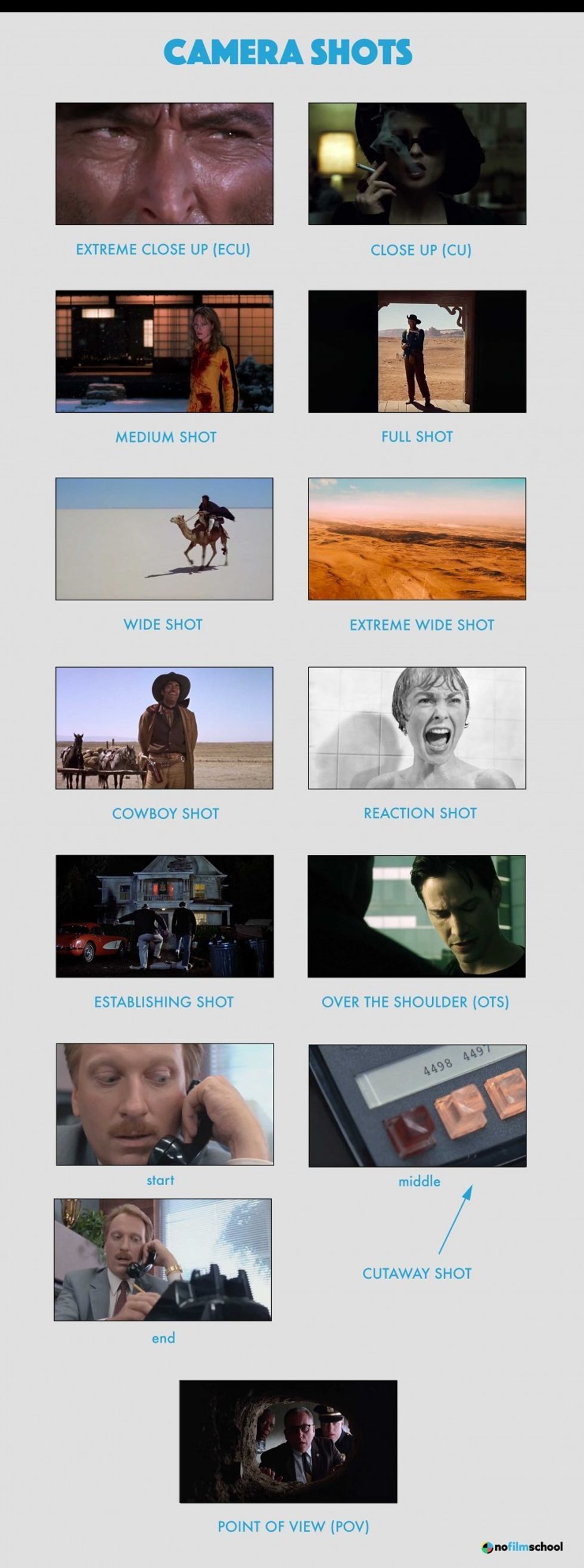
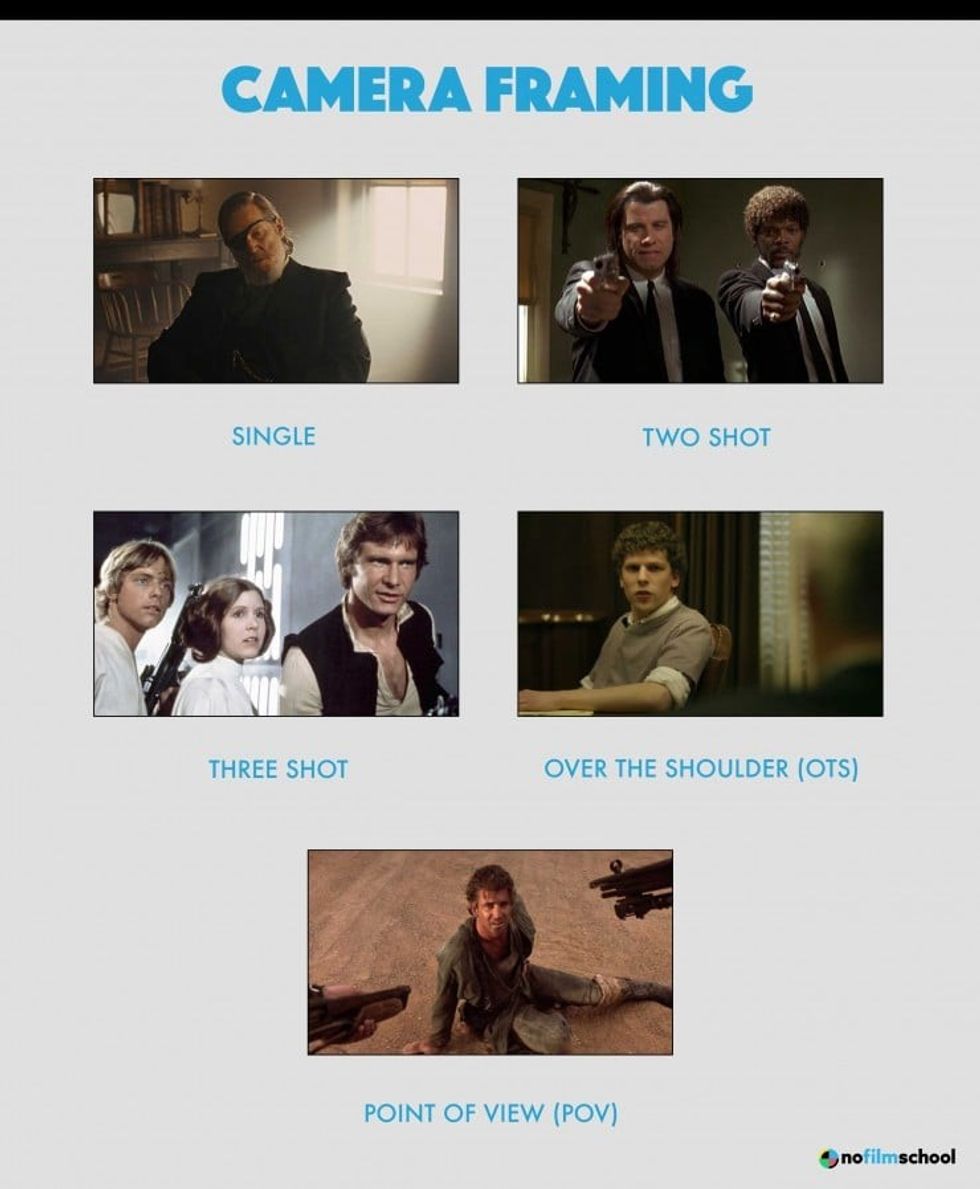
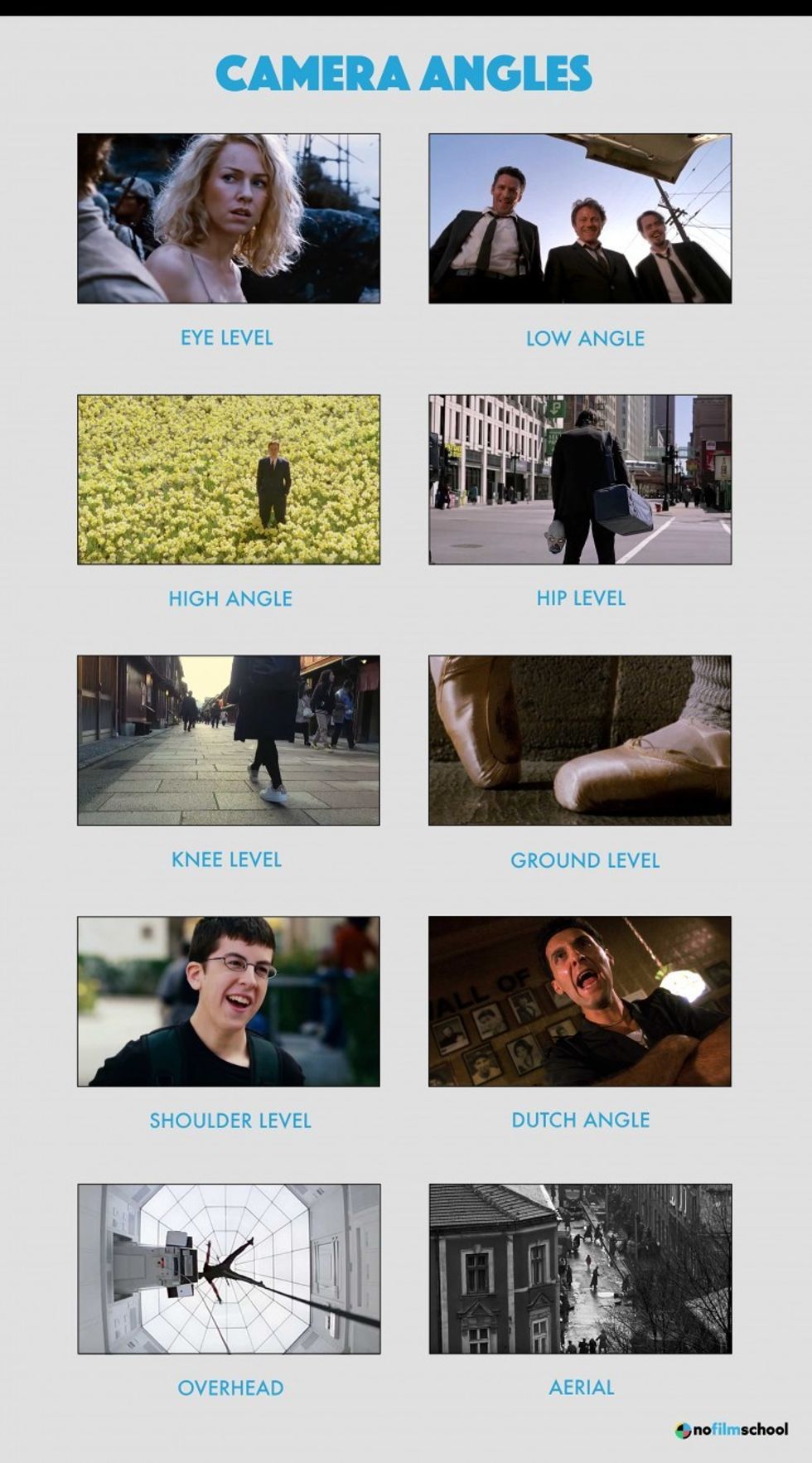
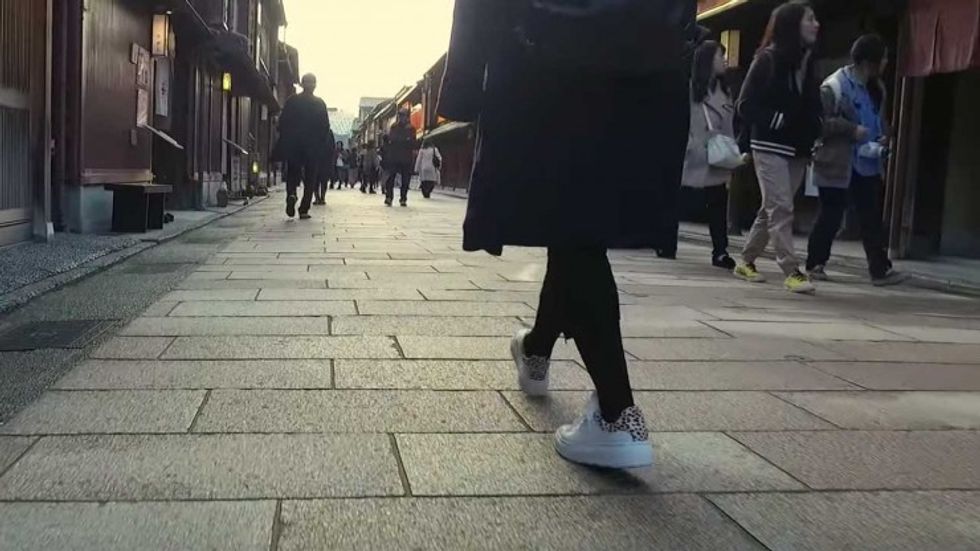
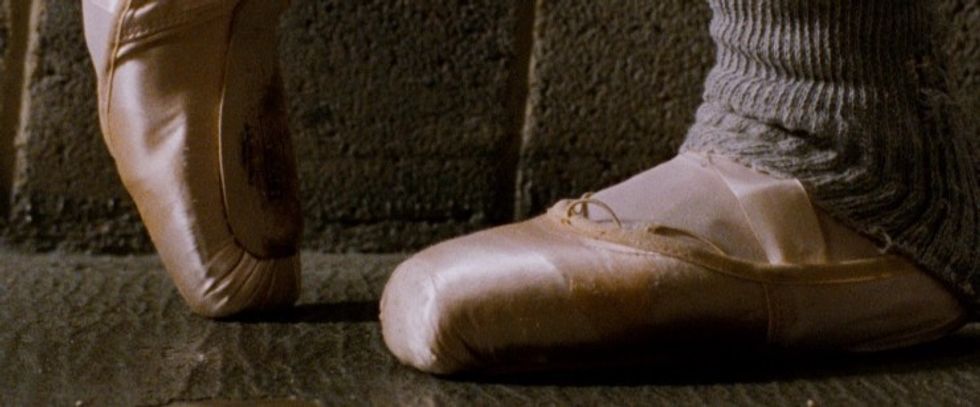
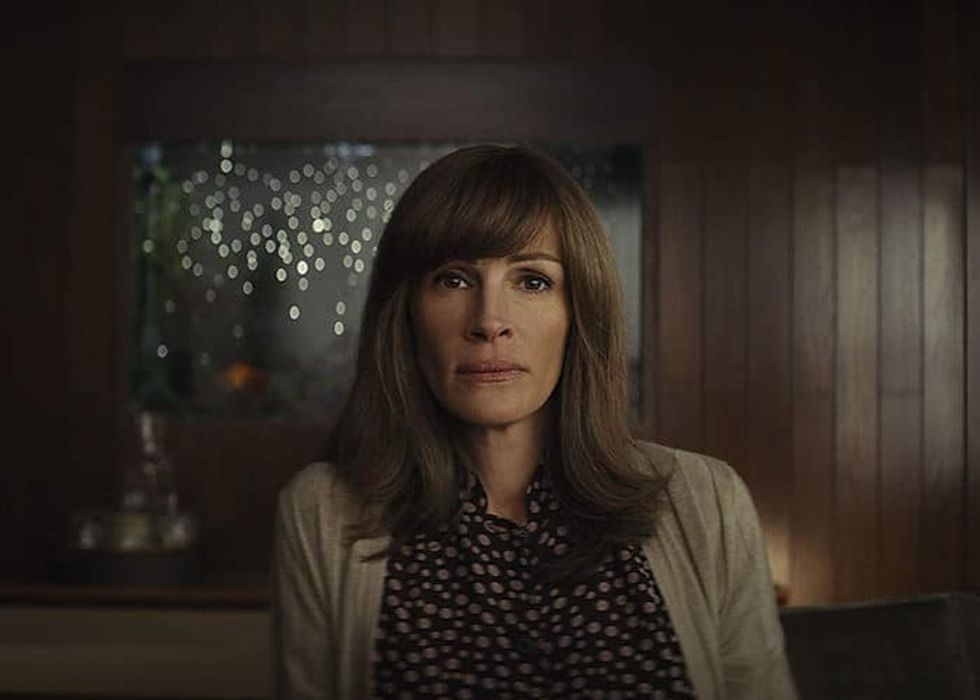
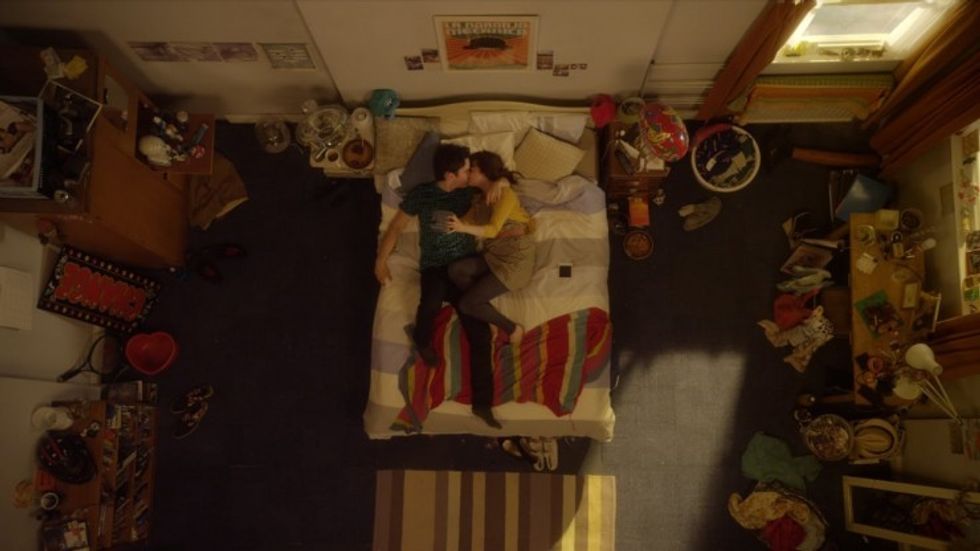
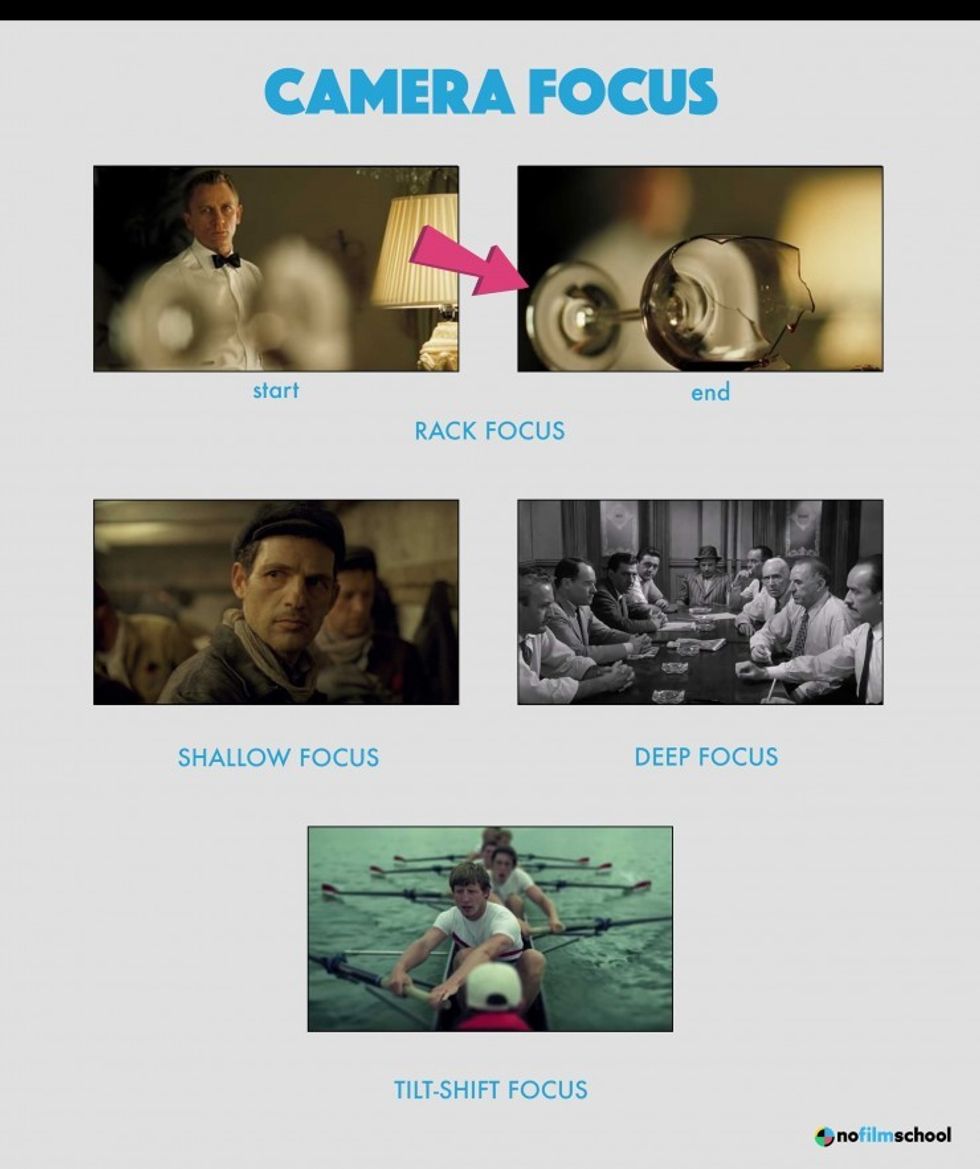
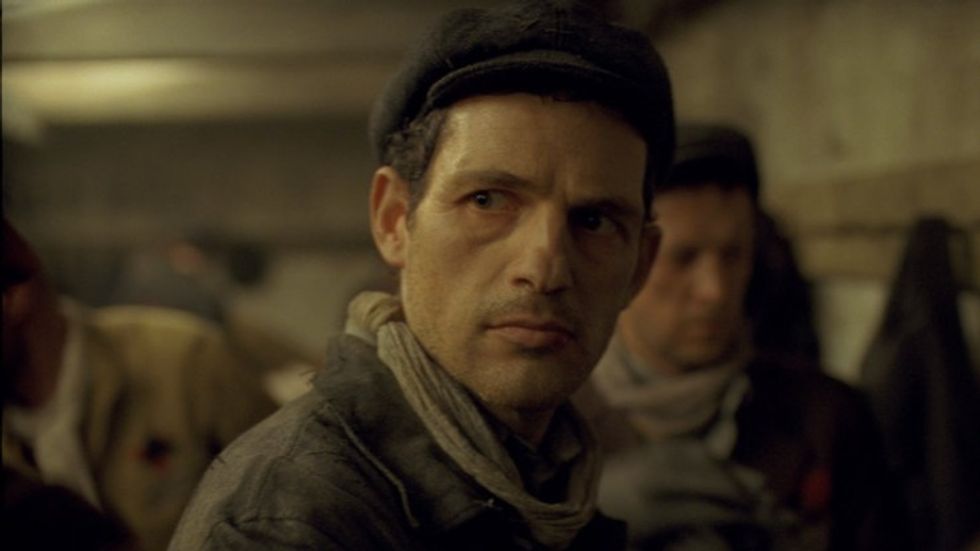
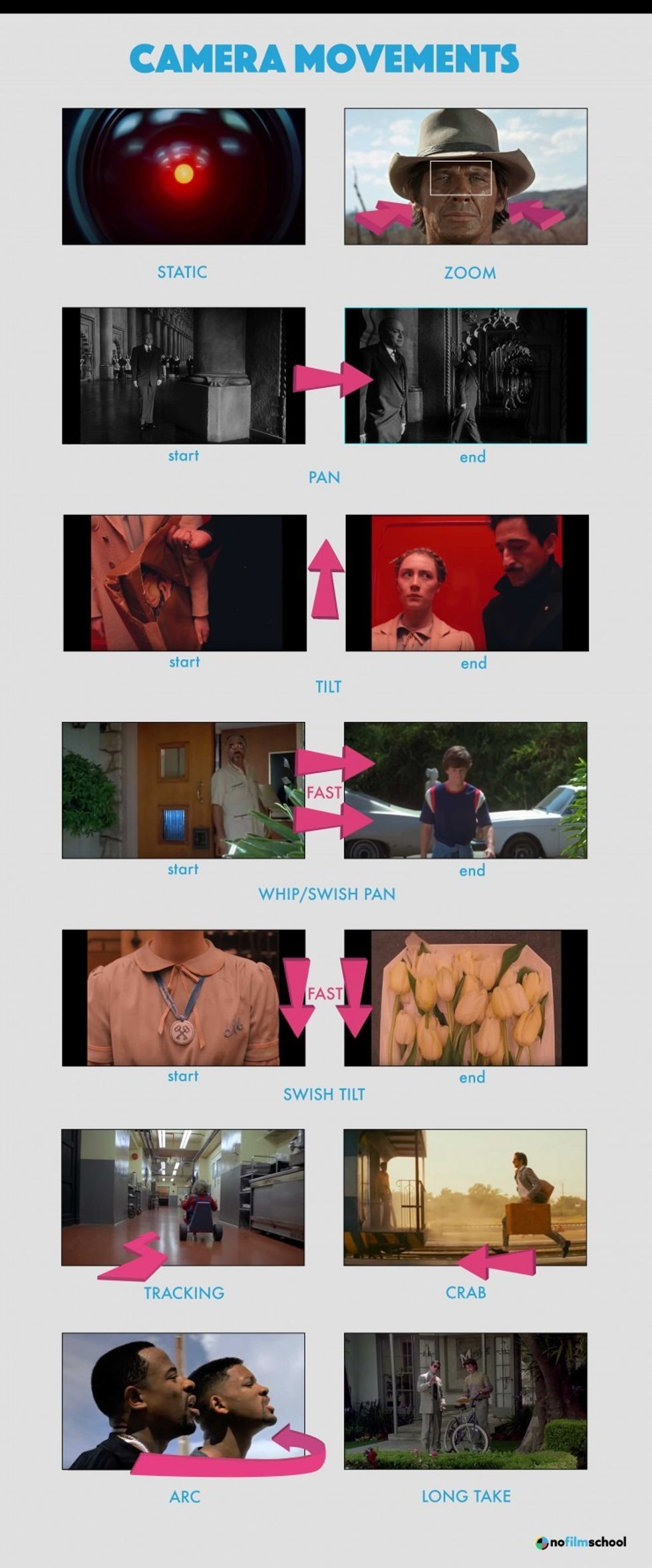
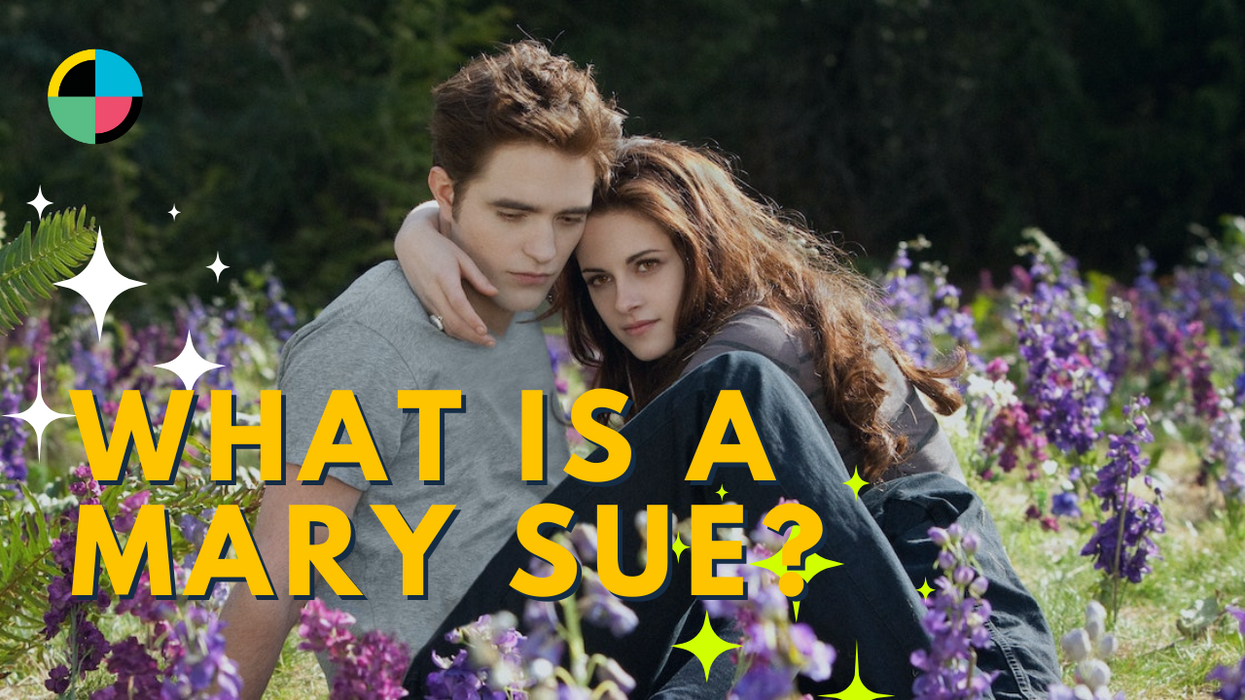
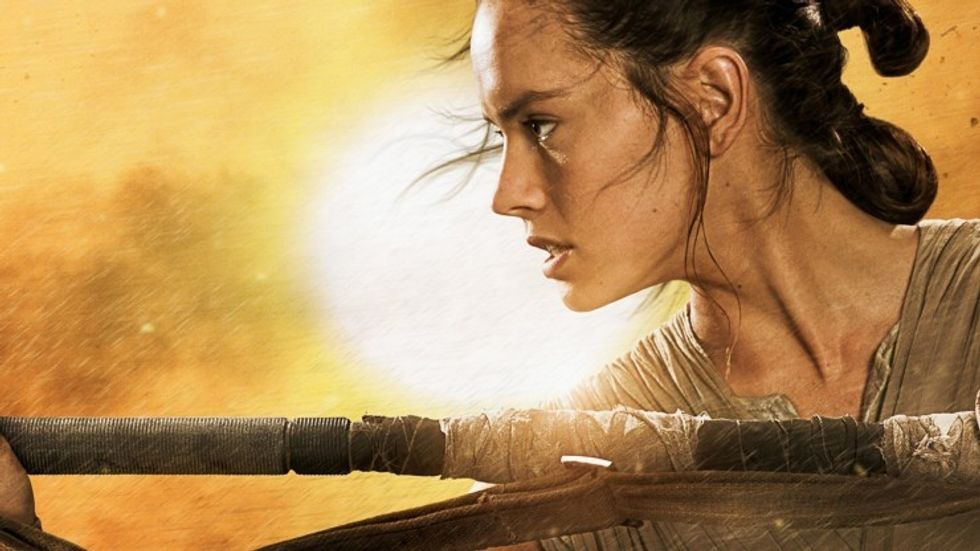 'Star Wars: The Force Awakens'Credit: Disney
'Star Wars: The Force Awakens'Credit: Disney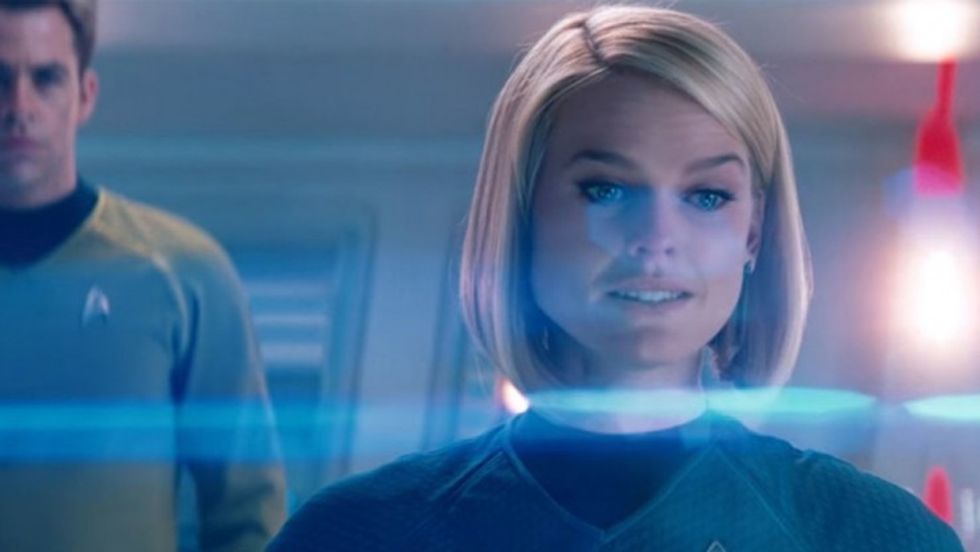 'Star Trek: Into Darkness'Credit: Paramount Pictures
'Star Trek: Into Darkness'Credit: Paramount Pictures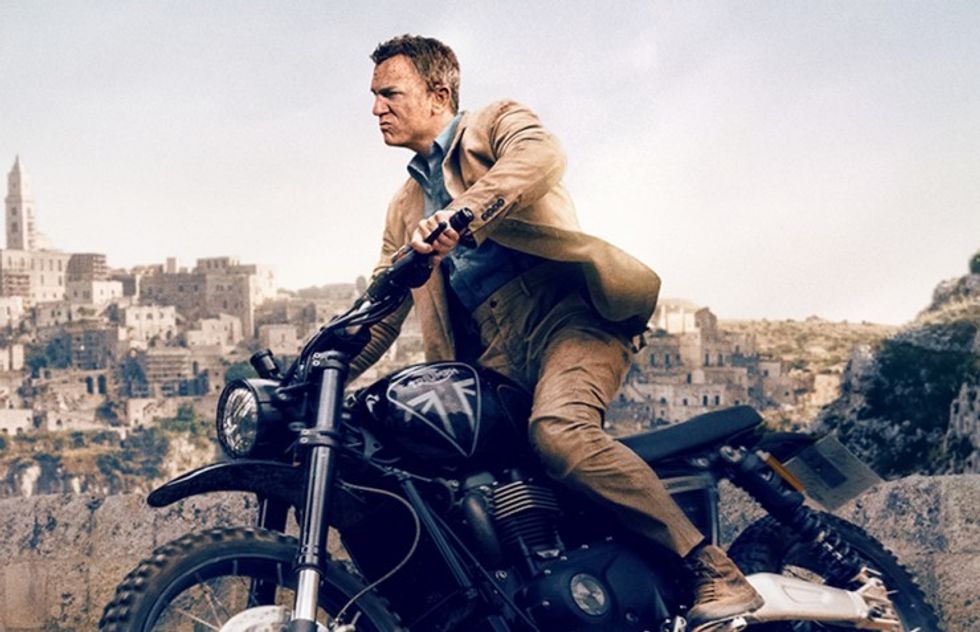 'No Time to Die'Credit: MGM
'No Time to Die'Credit: MGM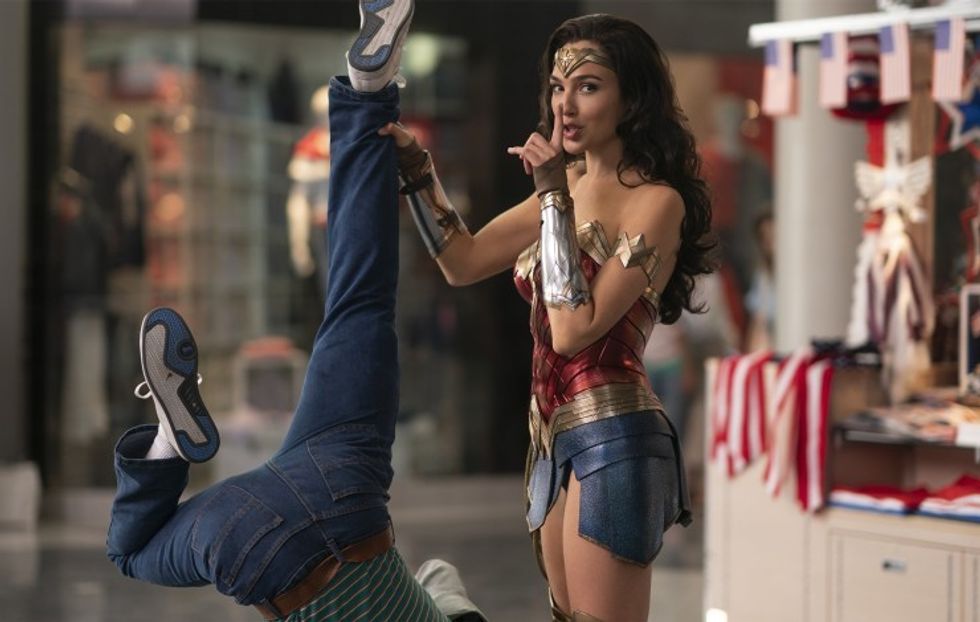 'Wonder Woman 1984'Credit: Warner Bros.
'Wonder Woman 1984'Credit: Warner Bros.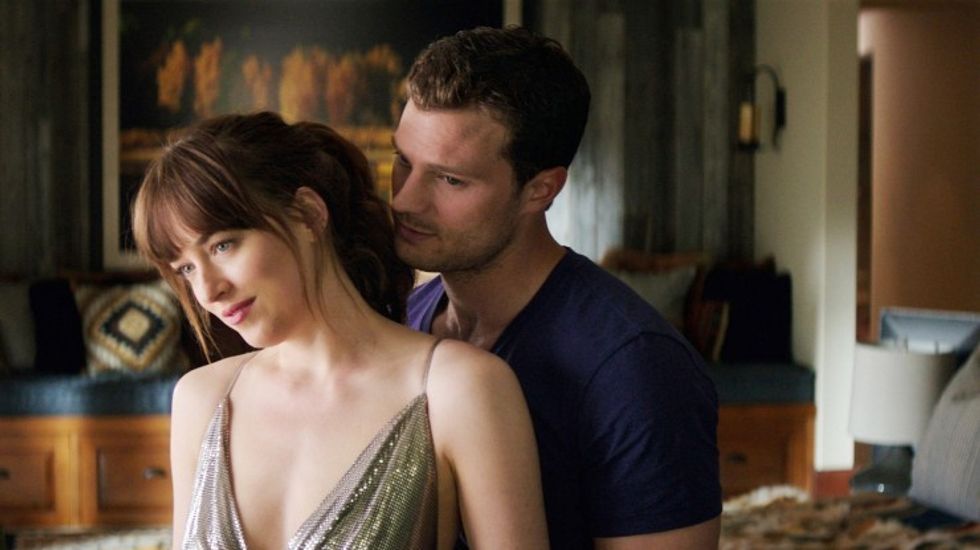 '50 Shades Freed'Credit: Universal Pictures
'50 Shades Freed'Credit: Universal Pictures









